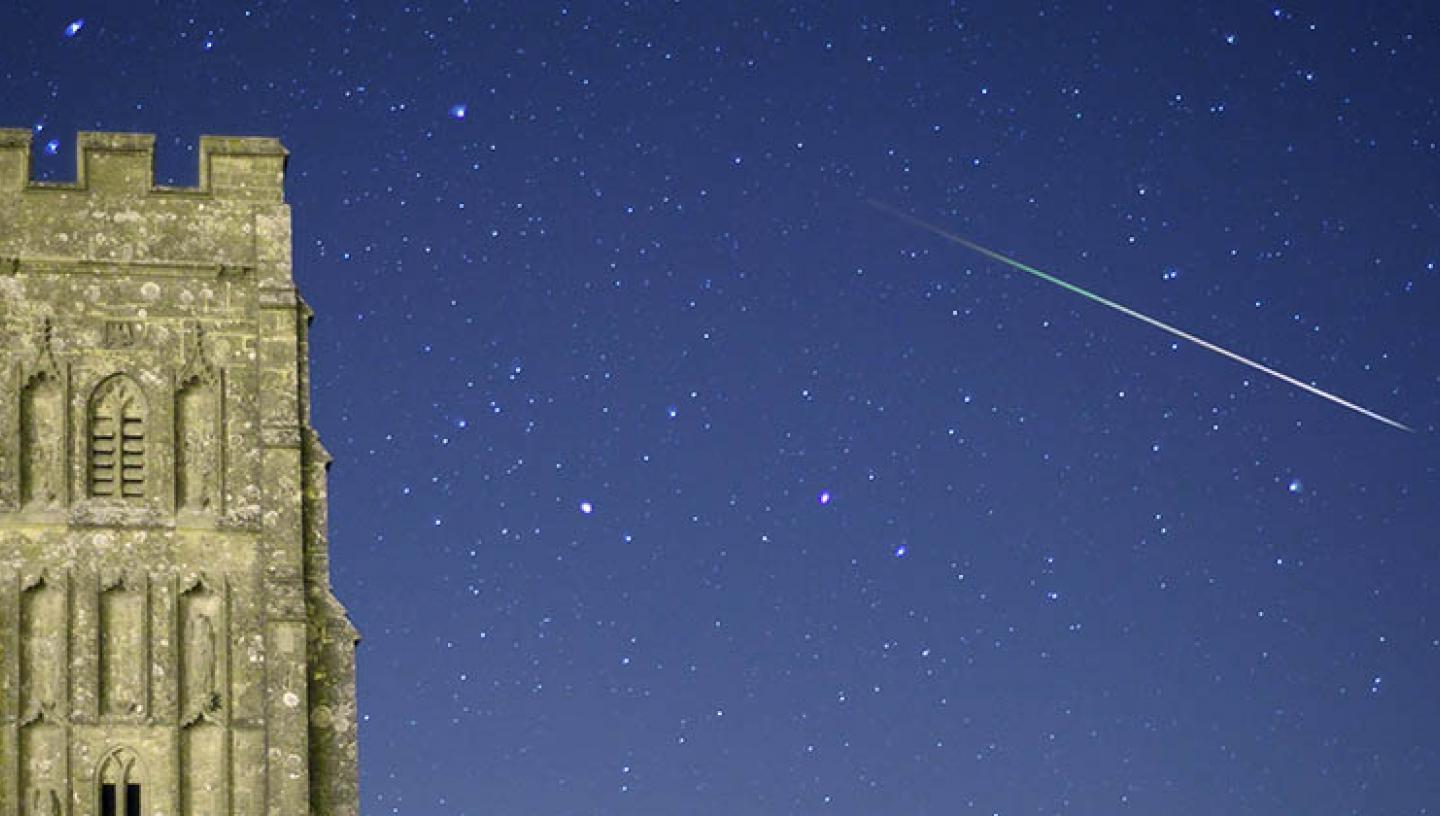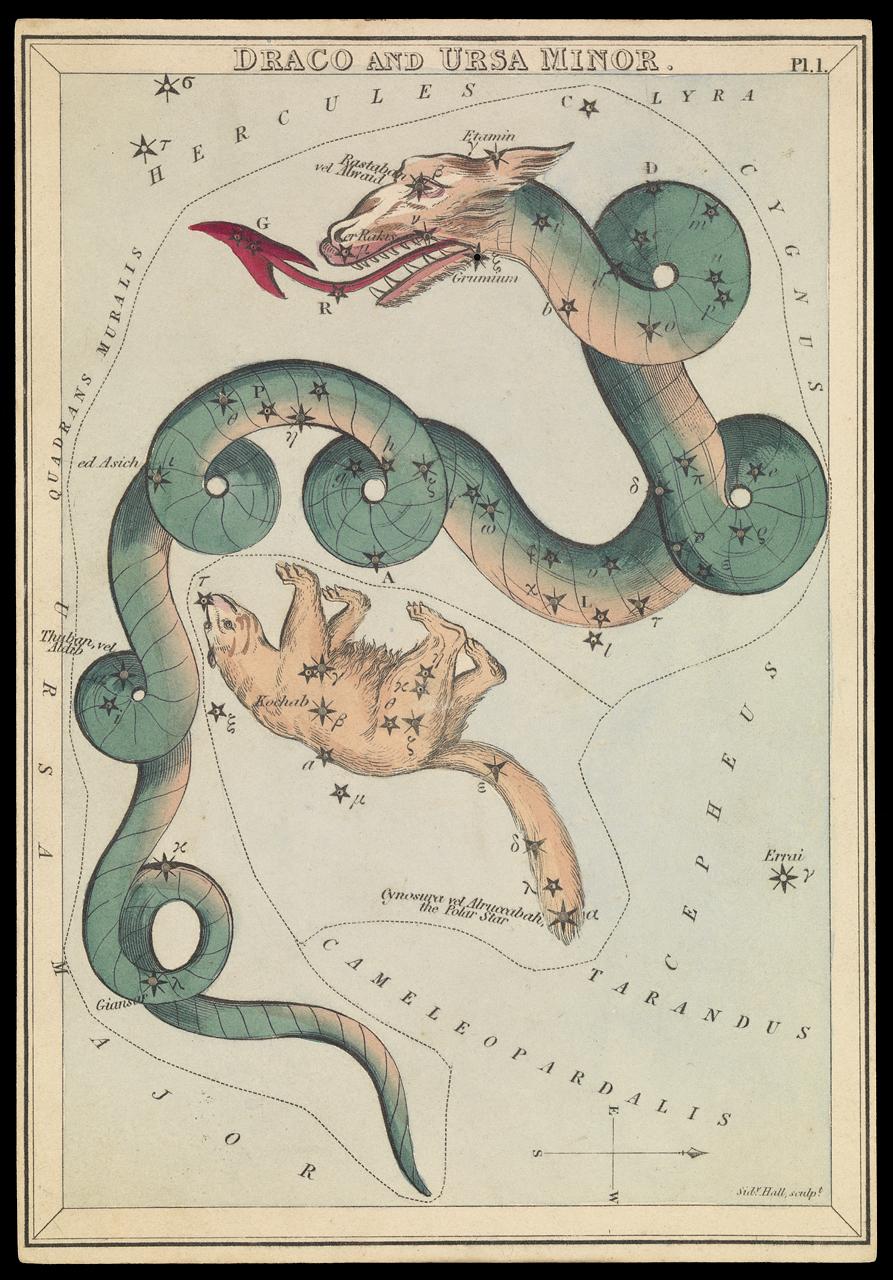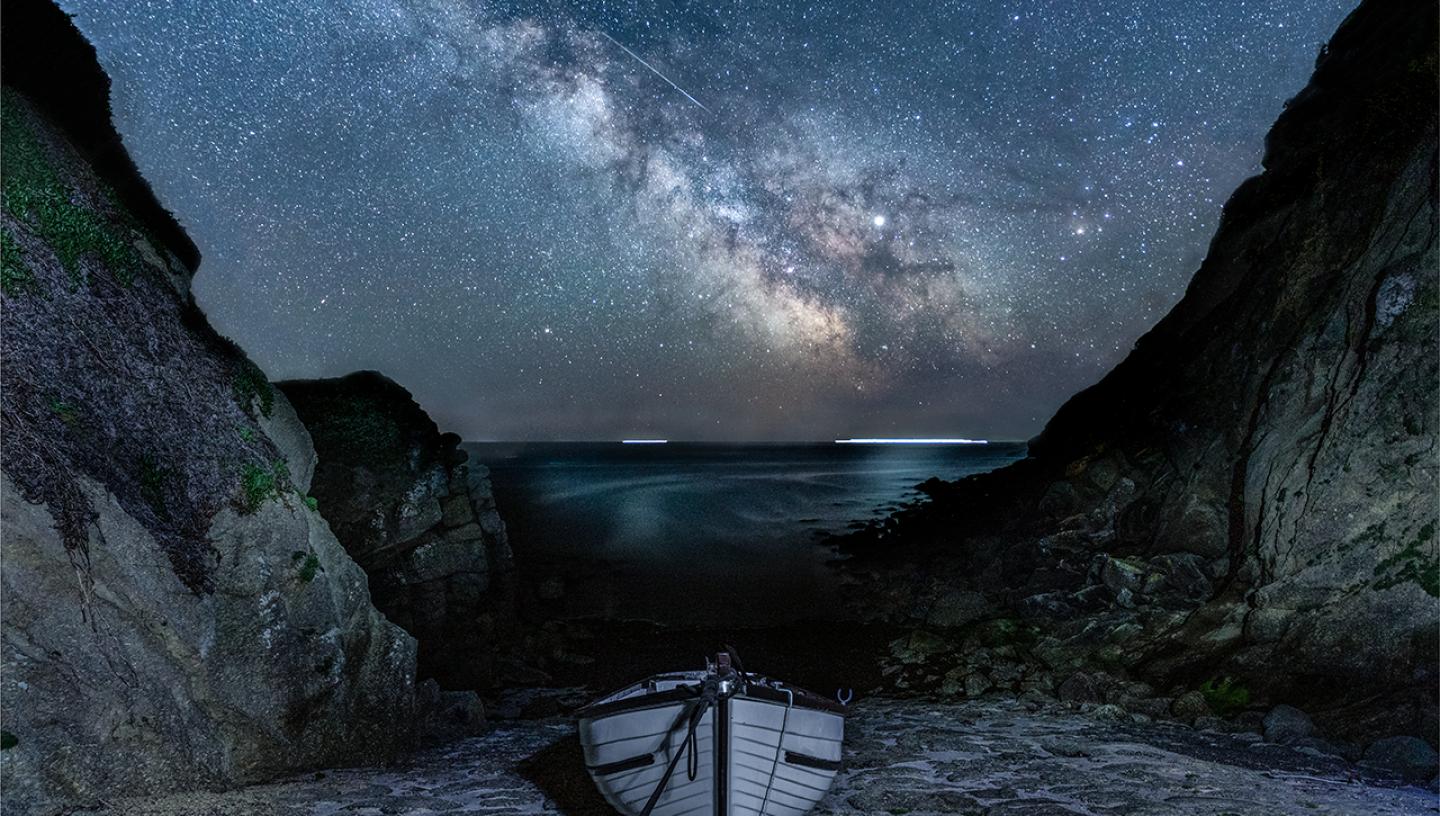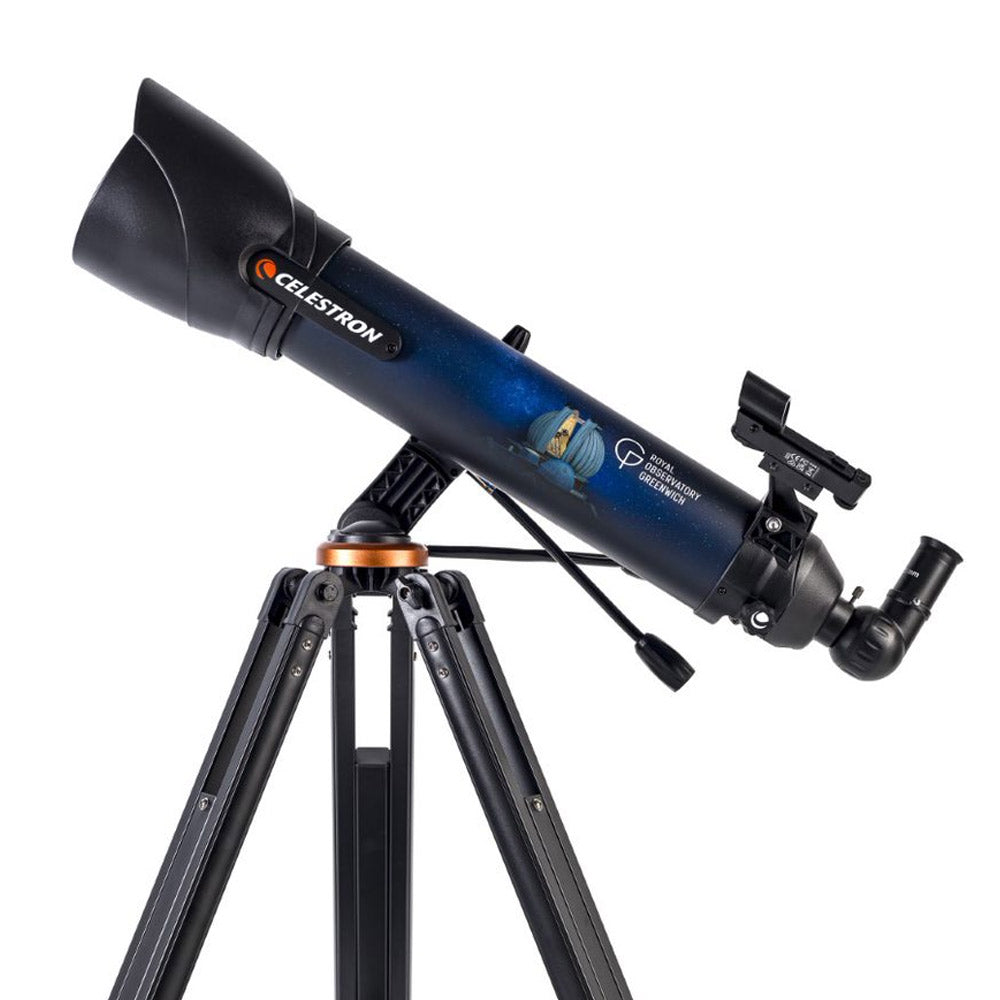
The Draconid meteor shower tends to be a less active meteor shower and occurs in October in the Northern Hemisphere.
In 2025 the Draconid meteor shower will be active 6-10 October and will peak 8 October, best seen in the evening.
What is the Draconid meteor shower?
Meteor showers are caused when the Earth travels through a cloud of cometary debris. In this case, the Draconid meteor shower comes from the debris of comet 21 P/Giacobini-Zinner.
The rate of meteors during the shower's peak depends upon which part of the comet's trail the Earth's orbit intersects on any given year. In recent years, the Draconids have not produced any particular outbursts in activity. However, in 1933 and 1946 the Draconid meteor shower produced some of the most active displays of the 20th century.
Find out the difference between an asteroid, a comet, a meteor, and a meteorite.
When is the Draconid meteor shower in 2025?
| SHOWER NAME | DATE OF MAXIMUM | NORMAL LIMITS | RATE/HOUR | DESCRIPTION |
|---|---|---|---|---|
| Draconids | 8 October | 6-10 October | Variable | Associated with Comet 21 P/ Giacobini-Zinner |
Find out more about other meteors and meteorites around the year
What time is best to see the Draconid meteor shower?
While most other meteor showers are best seen in the early hours, the Draconids are best seen in the evening, after nightfall.
Where can I see the Draconid meteor shower?
Meteor showers are best seen with a good, clear view of the stars on a night with no clouds. Try to find somewhere with dark skies, an unobstructed horizon and very little light pollution.
The whole Draconid meteor shower in 2025 occurs around the full Moon (7 October), so observing conditions will be unfavourable.
Make sure there are no direct sources of light in your eyes, so that you can fully adapt to the local conditions and ensure that fainter meteors become visible. There’s no advantage to using binoculars or a telescope; just look up to take in the widest possible view of the sky.
Draconid meteor shower facts

- The beautiful streaks we see in the night sky can actually be caused by particles as small as a grain of sand!
- If you trace the path that the meteors take, they seem to originate from a point in the constellation of Draco - hence the name.
- The Draconid meteor shower is most visible in the evening because the shower's radiant point in the Draco constellation is highest in the sky at nightfall.
- The Draconids are sometimes known as the Giacobinids, named after Michel Giacobini who discovered the comet 21 P/Giacobini-Zinner from which the meteors come.



